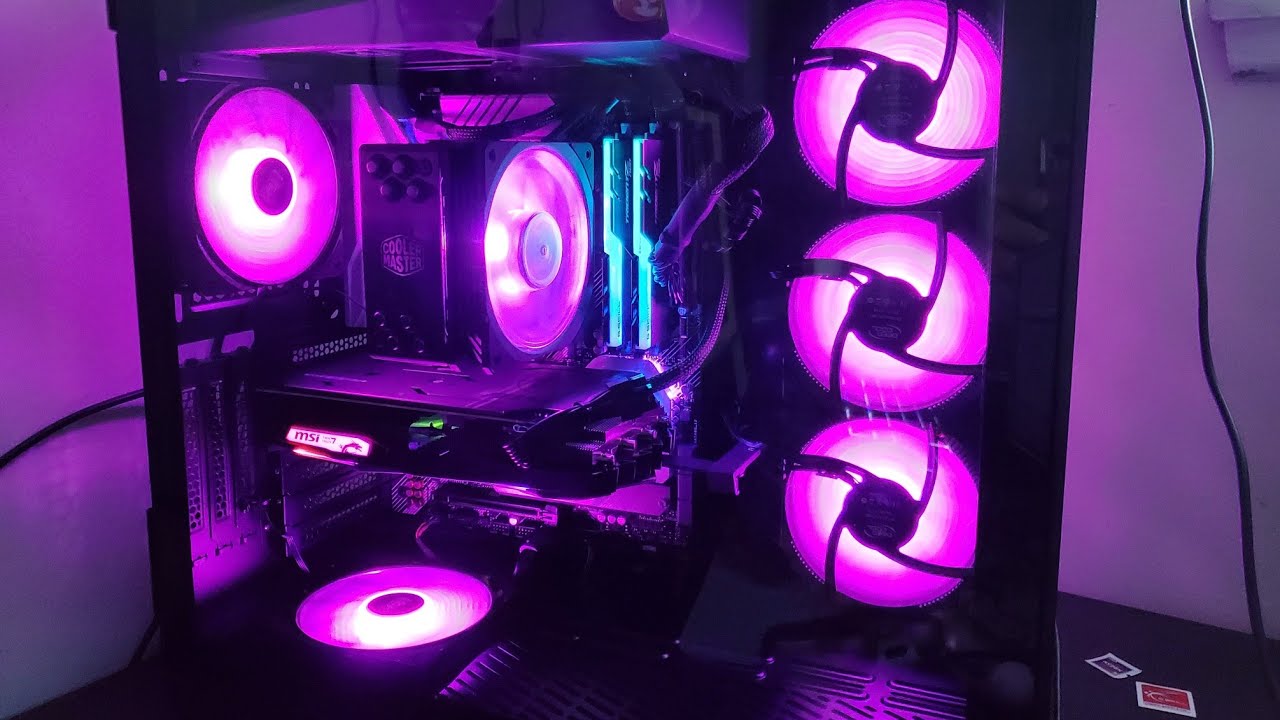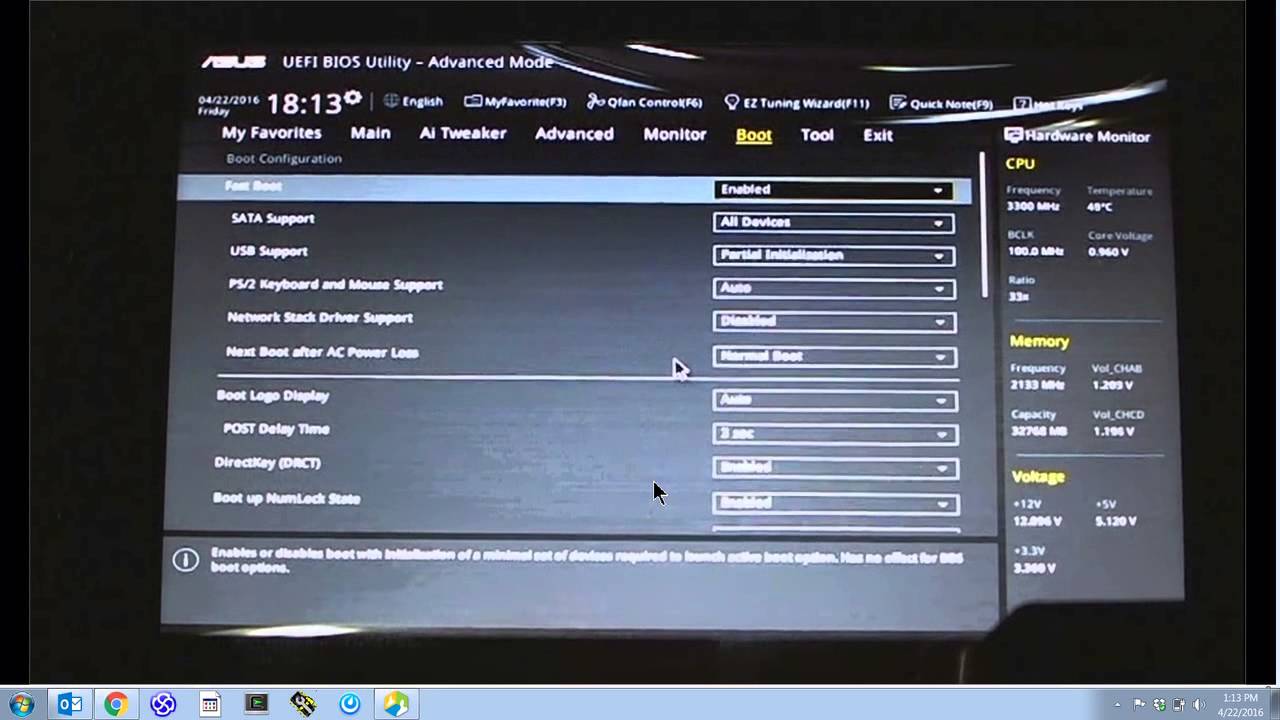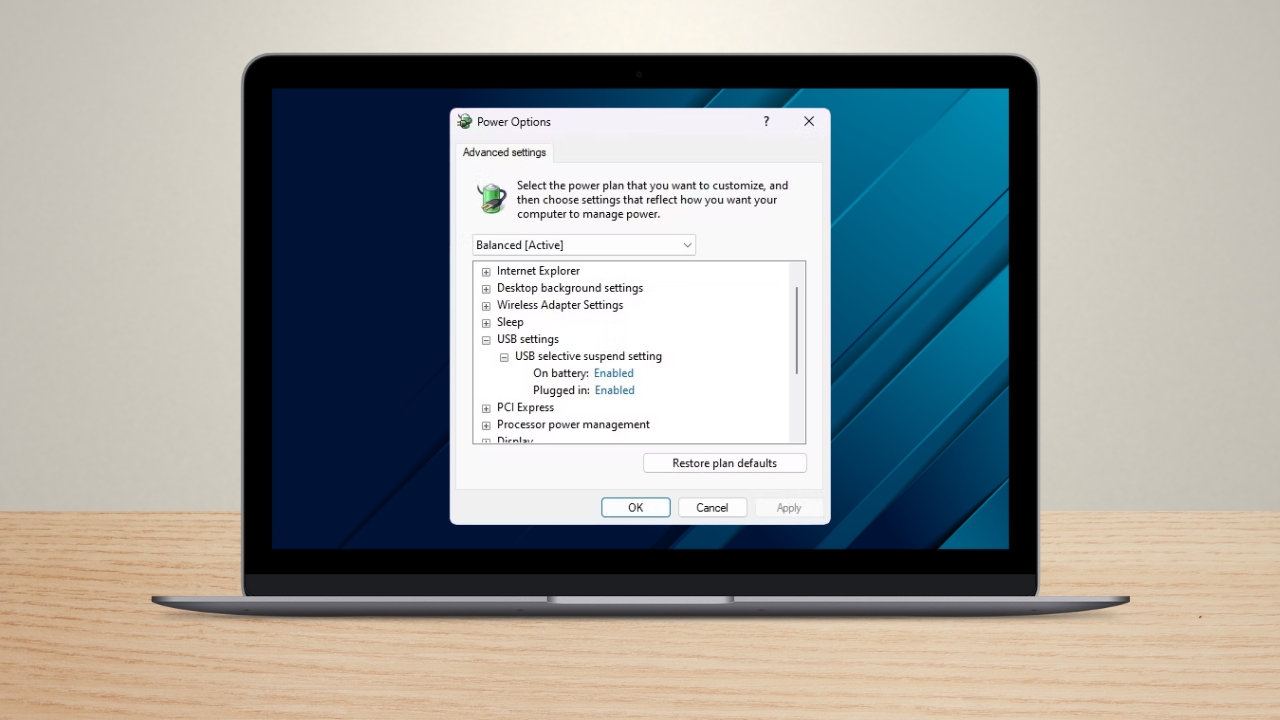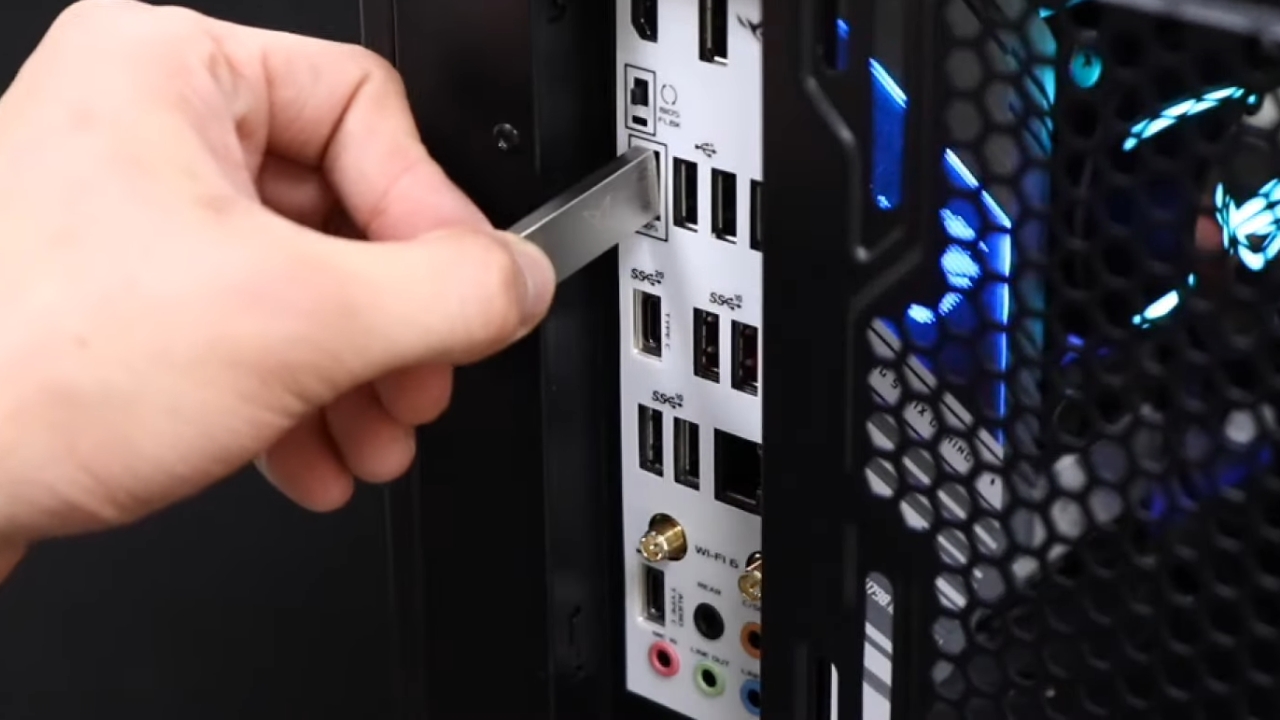
Share Post:
Experiencing boot issues with Windows 10 after an update is a common problem.
Addressing this issue promptly is crucial to avoid data loss and restore your computer’s functionality.
What’s the Problem?
Windows 10 may fail to boot after an update due to several reasons.
Incompatible device drivers or system files can cause conflicts, preventing the operating system from loading correctly.
New patches might introduce inconsistencies or overwrite critical boot files, leading to boot failures.
These issues highlight the importance of ensuring that all components and updates are compatible and properly integrated with the system.
Quick Fixes
Now let us address quick fixes.
Performing a Hard Reboot
A hard reboot is often the simplest way to address boot issues.
To force restart your computer, hold down the power button for about 10 seconds until the device turns off.
Wait a few seconds, then press the power button again to turn it back on. If this doesn’t work, you can try entering the automatic repair mode.
To do this, turn the computer off and on repeatedly using the power button, interrupting the boot process.
After a few attempts, Windows should automatically enter the repair mode.
Using Startup Repair
Startup Repair is a built-in Windows tool designed to fix common boot problems.
To use it, turn your PC on and off repeatedly, using the power button to trigger automatic repair mode.
Once in this mode, navigate to Advanced Options or Troubleshoot. From there, select and run Startup Repair.
The tool will automatically diagnose and attempt to fix any issues preventing Windows from booting.
The process can take some time, but it often resolves the issue without further intervention.
If Startup Repair identifies and fixes the issue, your computer should boot normally afterward.
Uninstalling Recent Updates
If a recent update is causing the boot issue, uninstalling it can help. Access the automatic repair mode by turning your PC on and off repeatedly.
Once in repair mode, go to Advanced Options > Troubleshoot > Uninstall Updates
You’ll have the option to uninstall the latest quality or feature updates. Choose the appropriate option and follow the prompts to remove the update.
After uninstallation, restart your computer to see if the issue is resolved.
Entering Safe Mode
Booting into Safe Mode can help troubleshoot and fix boot issues.
To enter Safe Mode, access the Advanced Options menu by turning your PC on and off repeatedly to trigger automatic repair mode.
From Advanced Options, select Startup Settings and enable Safe Mode. Once in Safe Mode, you can:
- Uninstall problematic updates
- Run system checks
- Perform other troubleshooting steps
Safe Mode loads only the essential drivers and services, making it easier to identify and resolve conflicts that might be preventing Windows from booting normally.
Running MBR Repair Commands
If the Master Boot Record (MBR) is corrupted, repairing it can restore boot functionality. To fix the MBR, launch Command Prompt in Safe Mode or via bootable media.
Run the following commands: boot rec /firmer, boot rec /fix boot, and boot rec /rebuild.
These commands will repair the MBR and rebuild the boot configuration data. After running the commands, reboot your computer to see if the issue is resolved.
Fixing the MBR can address many common boot problems, particularly those caused by corrupted or missing boot files.
Resetting the PC
Resetting your PC can resolve persistent boot issues by restoring Windows to its default state.
To reset Windows 10, access Advanced Options through automatic repair mode.
Select Reset this PC and choose whether to keep your personnel files or remove everything.
Follow the on-screen instructions to complete the reset process.
While resetting can be time-consuming, it is often an effective way to restore your system’s functionality without the need for a clean installation.
Clean Installation of Windows 10
A clean installation of Windows 10 is a last resort for fixing boot issues.
Before proceeding, create a disk image to back up your data.
Use installation media to reinstall Windows 10, ensuring a fresh start. Follow the installation prompts, formatting the drive if necessary.
After installation, recover lost data using recovery tools if required.
A clean install can resolve severe boot problems by eliminating corrupted files and settings, providing a completely fresh operating system environment.
Regularly Updating BIOS
Updating the BIOS can also help prevent boot issues.
Check the manufacturer’s website for BIOS updates specific to your motherboard model.
Follow the instructions provided to install the updates.
Regular BIOS updates ensure that your hardware is compatible with the latest Windows versions and patches, minimizing the risk of boot issues.
The Bottom Line
Following these steps can help resolve Windows 10 boot issues after an update.
Implementing preventative measures can also reduce the likelihood of future issues.
For further assistance, consider additional resources and tools to maintain your system’s stability.
Related Posts:
- Can't Clear Your Browser History? Here's How To Fix It
- Phone Charging But Carplay Not Working? 10 Ways To Fix It
- Instagram Password Reset Not Working - Why And How To Fix It
- How To Update BIOS On ASUS Motherboard: A Step-by-Step Guide
- Windows 10 Won't Boot with a Black Screen? 3 Ways to Fix It
- How To Fix VGA Lights On Motherboard










